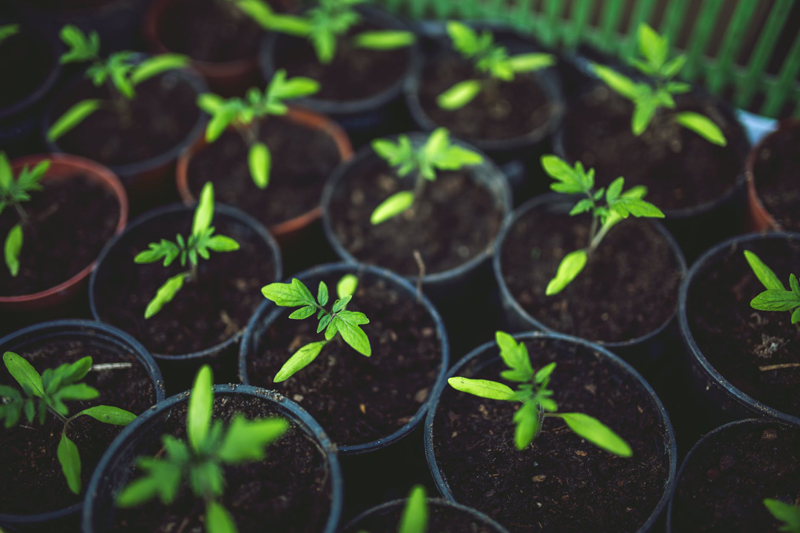Housing Bats for Organic Pest Control

Do you experience misquitoes, cut worms, June Beetles, Stink bugs or leafhoppers in your garden? Before you get out the sprays and chemicals to get rid of them think about this: Bats.
Contrary to popular belief bats are safe and in fact are beneficial to gardeners. They fly and feed the two hours around dusk and dawn. During those hours they can eat up to 2000 insects. That's every night. In fact they can eat up to 600 insects per hour. They do not dive bomb and get stuck in your hair, and there has been less than 10 cases of human rabies infection from bats in the last 50 years. (Bat Conservation International)
If you choose to house bats you are not only helping your garden, but you are helping the bats. 22% of bat species are threatened and another 23% are near threatened. (The World Conservation Union) With this said what does it take to attract bats?
Bats need a place to roost at night, trees are good, but if you have no trees you can build a bat house. There are many different plans for bat houses online, or you could get "The Bat House Builder's Handbook" through Bat Conservation International.
You will also need some form of water. They are partial to fresh water, streams, rivers or lakes within 1/4 mile of your garden (Bat House Builder's Handbook),but will be happy with a small pond in your garden.
Night blooming flowers will attract insects which will attract bats. Some plants you might consider are Evening Primrose, 4 O'Clocks, Nicotania and Moonflower. (Be aware that Moonflower can be rather invasive so be careful where you put it.)
If you are putting up a bat house, plan ahead, they tend to move into houses that have been in place for a few months moreso than houses that are just put up. (Bat House Builder's Handbook). If you get started and get your house put up now, it should be just right for this summer.
If you have had trouble with flying pests or bugs and beetles in your garden, before you run for the spray, why not try to attract some bats, it helps you, your garden, the environment, and the bats!
Contrary to popular belief bats are safe and in fact are beneficial to gardeners. They fly and feed the two hours around dusk and dawn. During those hours they can eat up to 2000 insects. That's every night. In fact they can eat up to 600 insects per hour. They do not dive bomb and get stuck in your hair, and there has been less than 10 cases of human rabies infection from bats in the last 50 years. (Bat Conservation International)
If you choose to house bats you are not only helping your garden, but you are helping the bats. 22% of bat species are threatened and another 23% are near threatened. (The World Conservation Union) With this said what does it take to attract bats?
Bats need a place to roost at night, trees are good, but if you have no trees you can build a bat house. There are many different plans for bat houses online, or you could get "The Bat House Builder's Handbook" through Bat Conservation International.
You will also need some form of water. They are partial to fresh water, streams, rivers or lakes within 1/4 mile of your garden (Bat House Builder's Handbook),but will be happy with a small pond in your garden.
Night blooming flowers will attract insects which will attract bats. Some plants you might consider are Evening Primrose, 4 O'Clocks, Nicotania and Moonflower. (Be aware that Moonflower can be rather invasive so be careful where you put it.)
If you are putting up a bat house, plan ahead, they tend to move into houses that have been in place for a few months moreso than houses that are just put up. (Bat House Builder's Handbook). If you get started and get your house put up now, it should be just right for this summer.
If you have had trouble with flying pests or bugs and beetles in your garden, before you run for the spray, why not try to attract some bats, it helps you, your garden, the environment, and the bats!
You Should Also Read:
Bat Conservation International

Related Articles
Editor's Picks Articles
Top Ten Articles
Previous Features
Site Map
Content copyright © 2023 by Jackie Lee. All rights reserved.
This content was written by Jackie Lee. If you wish to use this content in any manner, you need written permission. Contact Gail Delaney for details.


